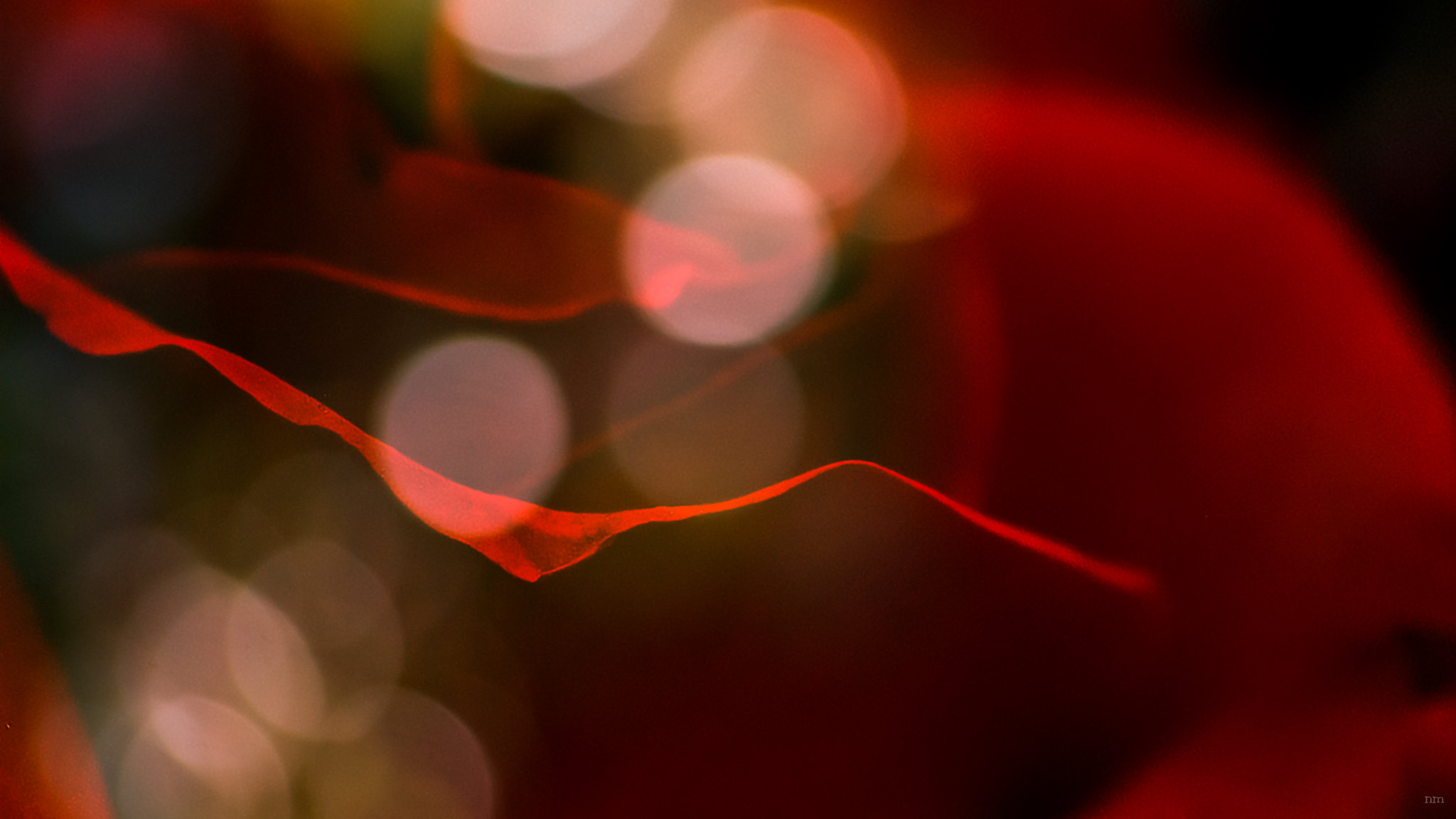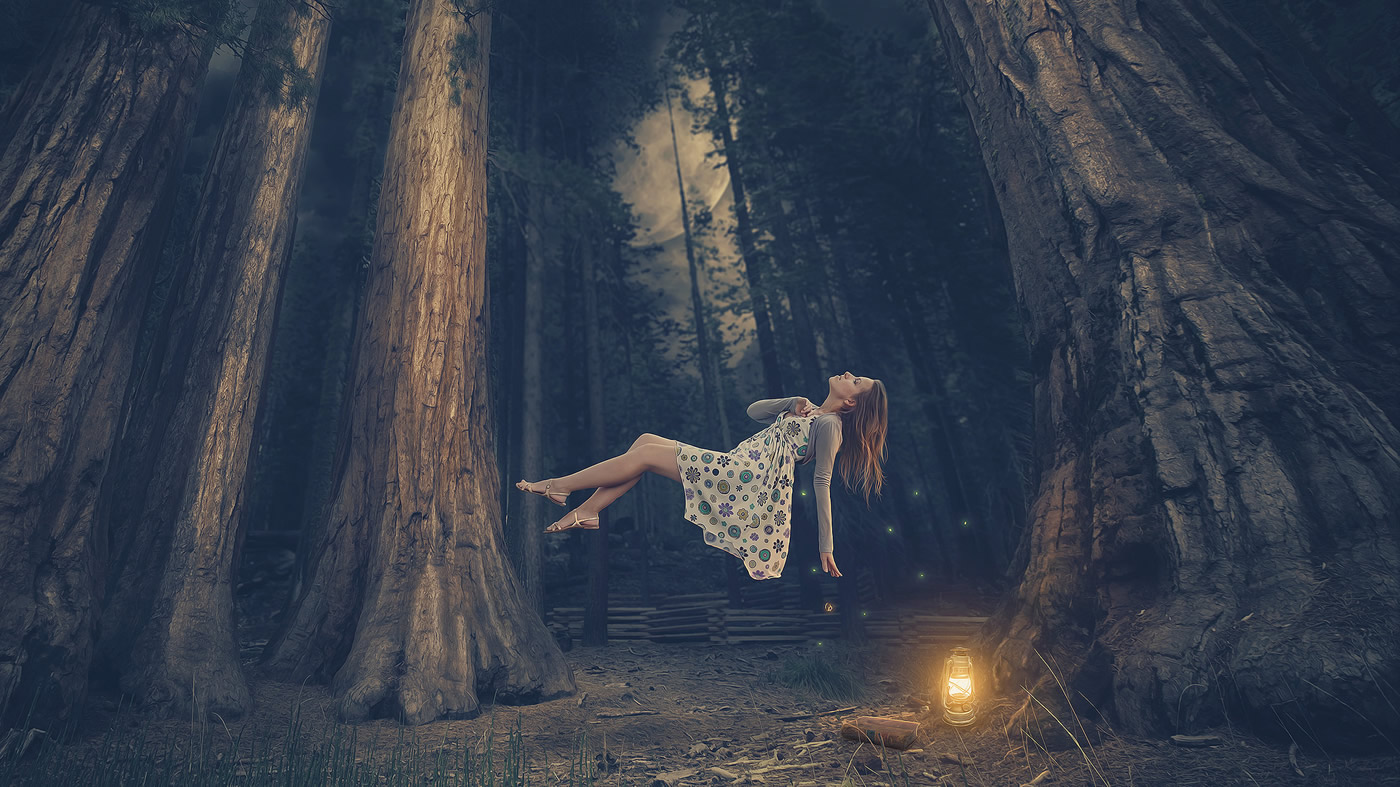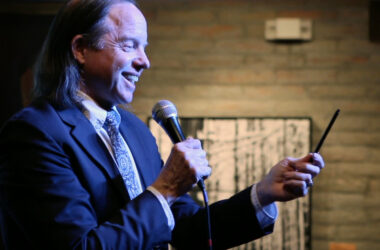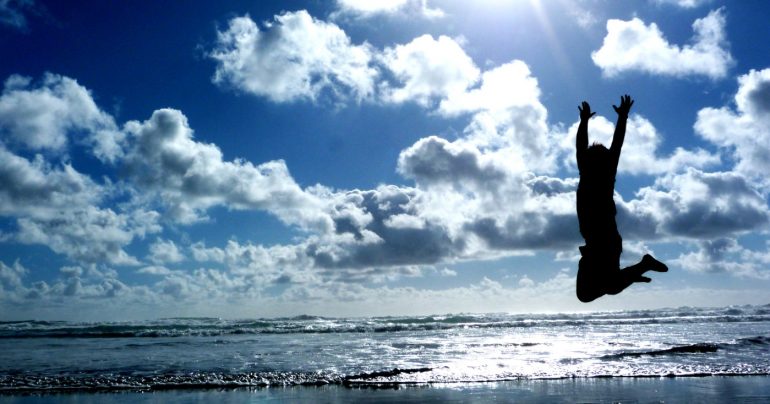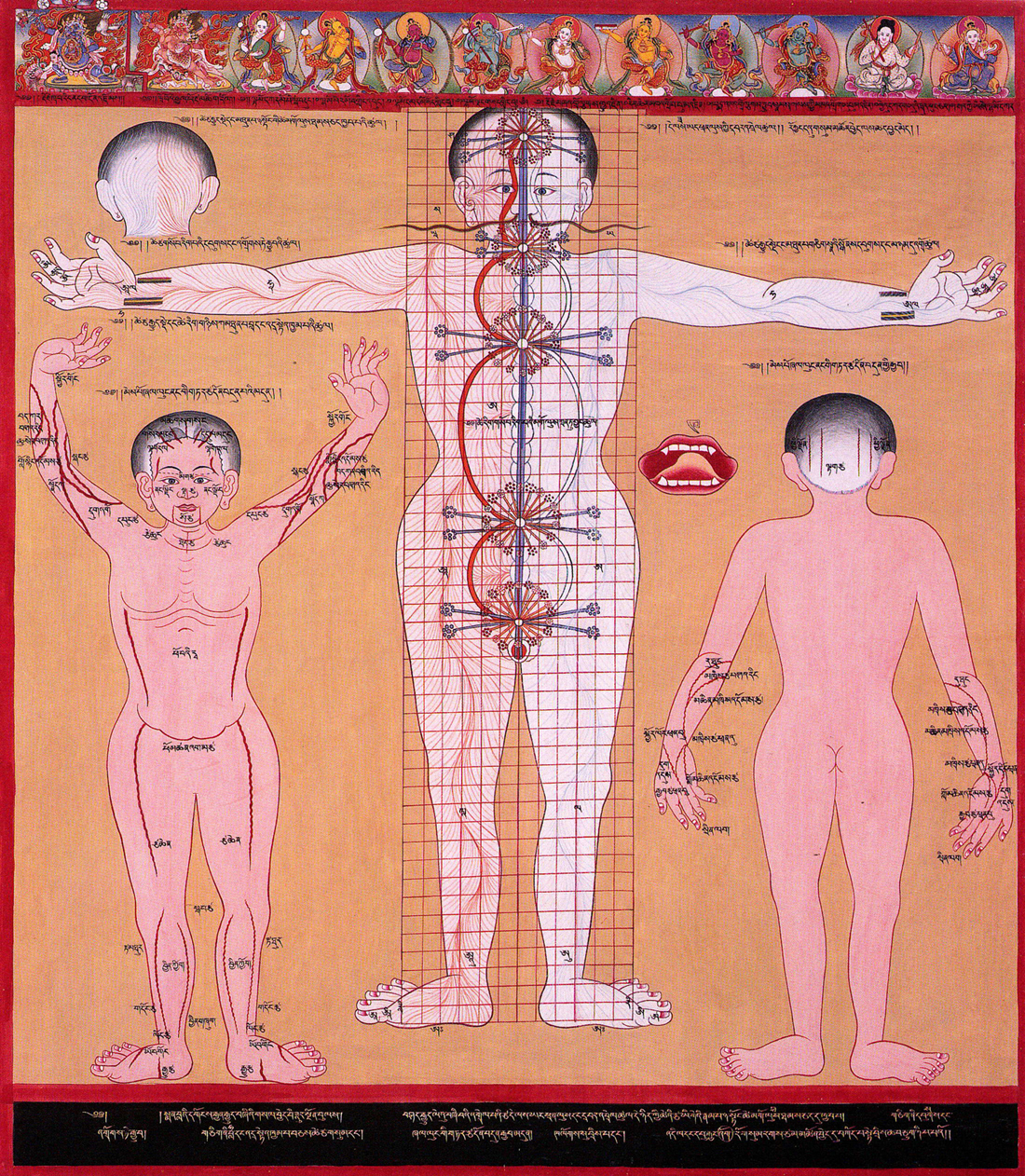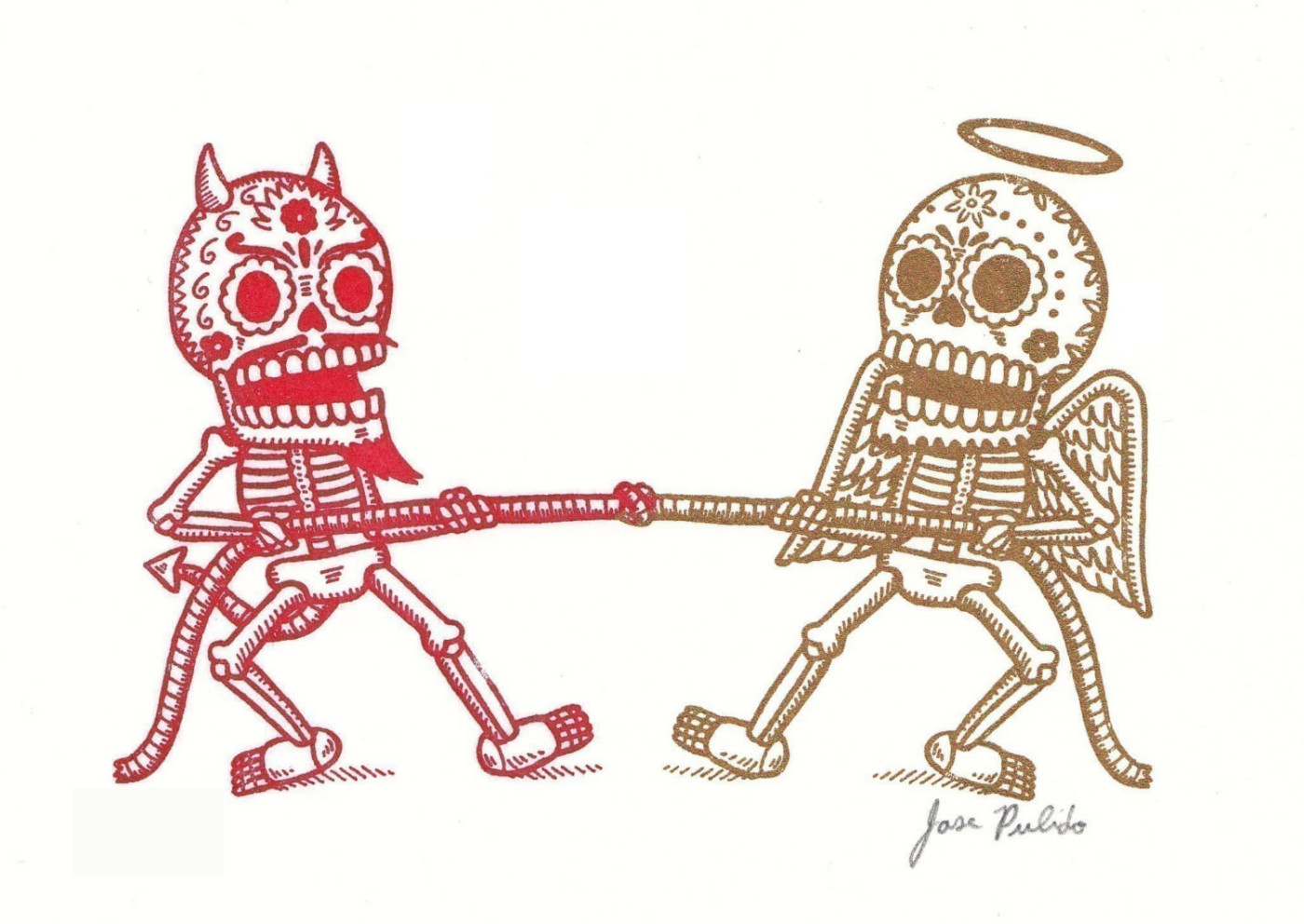Every one of us has a thirst to be loved, and we thirst just as strongly to love others. As much time as we spend trying to find someone to love us, deep inside we are always looking for others that we can love. And we often wish to ourselves that we could love others more than we do.
There is a strong relationship between our ability to love and our inner body of channels, chakras, and prana. Great yogis of ancient times mapped out this inner body, sometimes called the Rainbow Body, and found methods of using it not only for greater health, but for greater knowledge—and for a greater capacity to love.
In this special program of three evening talks, Geshe Michael Roach will share with us these ancient teachings on yoga as a path to loving, drawn directly from men and women yogis such as Je Tsongkapa—the teacher of His Holiness the First Dalai Lama—and Lady Niguma, who in India a thousand years ago described the actual yoga poses that help us develop compassion.
Included here as part of this course you’ll find readings from these ancient texts, some translated for the first time. By the end of this 3-part lecture, you will be left with the information to begin a practice that you can use to become a person of greater wisdom and love.
Please note: this original course included guided meditations that we’ve decided to remove from the online version of this course here on The Knowledge Base, and have edited the audio, video, and reading materials. The meditation practice that Geshe Michael taught here was one based on a secret practice called Dorje Depa, or Diamond Recitation. For a practice like this to be effective it’s essential that it must be passed on directly, in-person, from qualified teacher to qualified student. Therefore it would not be at all proper or helpful to anyone to make those instructions available over the internet. However, we felt this course contains other very valuable information for yogis and serious practitioners. In particular, you’ll find here very authentic and detailed descriptions of the inner subtle body that yoga is designed to target (channels, chakras, and prana), and how working at this subtle level forms the basis for a truly holistic practice, working with inner and outer methods to become a truly compassionate person with a much greater capacity for serving others in need.
Download All
Download all audio and course materials (.zip)
Course Materials
Audio
Video
Options for Further Study
To deepen your study on many of the topics introduced in this lecture, please refer to the following courses on The Knowledge Base:
Teachings about Yoga on The Knowledge Base

There is a strong relationship between our ability to love and our inner body of channels, chakras, and prana. Great yogis of ancient times mapped out this inner body, sometimes called the Rainbow Body, and found methods of using it not only for greater health, but for greater knowledge—and for a greater capacity to love.
Understanding the Buddhist idea of emptiness properly is absolutely crucial for yoga to work properly, and that’s what mainly distinguishes Tibetan yoga from all other methods of yoga is the special emphasis on working at the physical postures of yoga from the inside: recognizing that whether yoga “works” on us all depends upon karmic seeds that we plant in our own minds by taking care of other people.
Daily Practice Series Course 04: The Seven-Point Practice for Developing a Good Heart (1999, Gallway)

Developing a good heart (Lojong) is the cornerstone of spiritual practice. These teachings and meditations provide concise, efficient methods to develop heartfelt love and compassion for all those around us. Lojong is an inspiring practice that trains you to make the most of life by caring about others, and to integrate that attitude into your daily life. This Seven-Point Lojong is based upon the Advices for Training Oneself in the Greater Way by Geshe Chekawa (1101-1175), and contains many powerful advices on how to practice thinking and acting like a bodhisattva. These teachings and practices were kept secret for centuries because masters of the past did not want their seemingly mystical verses to be misunderstood. This topic was covered twice, each time with a different emphasis, and both versions have been provided.
Dharma Essentials Course 14: Lojong, Developing the Good Heart

Topics include: How to develop a good heart, how to practice throughout the day, how to develop the wish for enlightenment, the eight verses of mind training, 18 pledges for developing a good heart, the six keys to successful practice, the five powers, the five mental poisons, seven steps to developing a good heart, the three virtues, how to respond to the eight worldly thoughts, the real meaning of freedom from attachment, how to behave in difficult situations, the difference between how things happen and why things happen, how to send your mind into death (powa), and seeing angels.
ACI Course 14: Lojong, Developing the Good Heart (1998, New York)

This Course presents classical advices on how to be a good person, and is based upon A Compendium of Texts on Developing the Good Heart (Lojong Gyatsa) by Muchen Konchok Gyeltsen (1300 AD). Lojong texts from the Compendium include: The…

